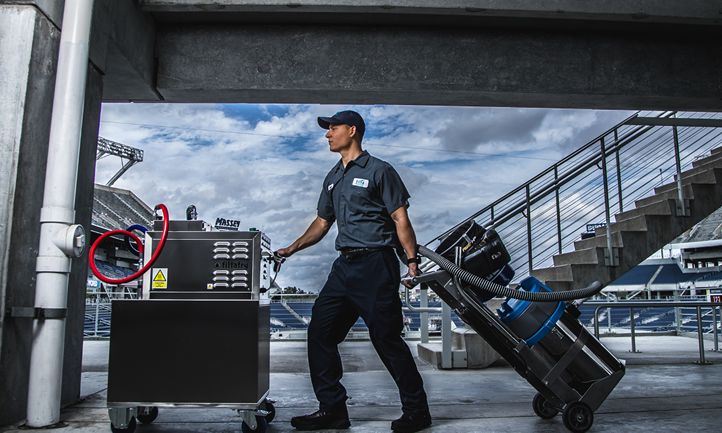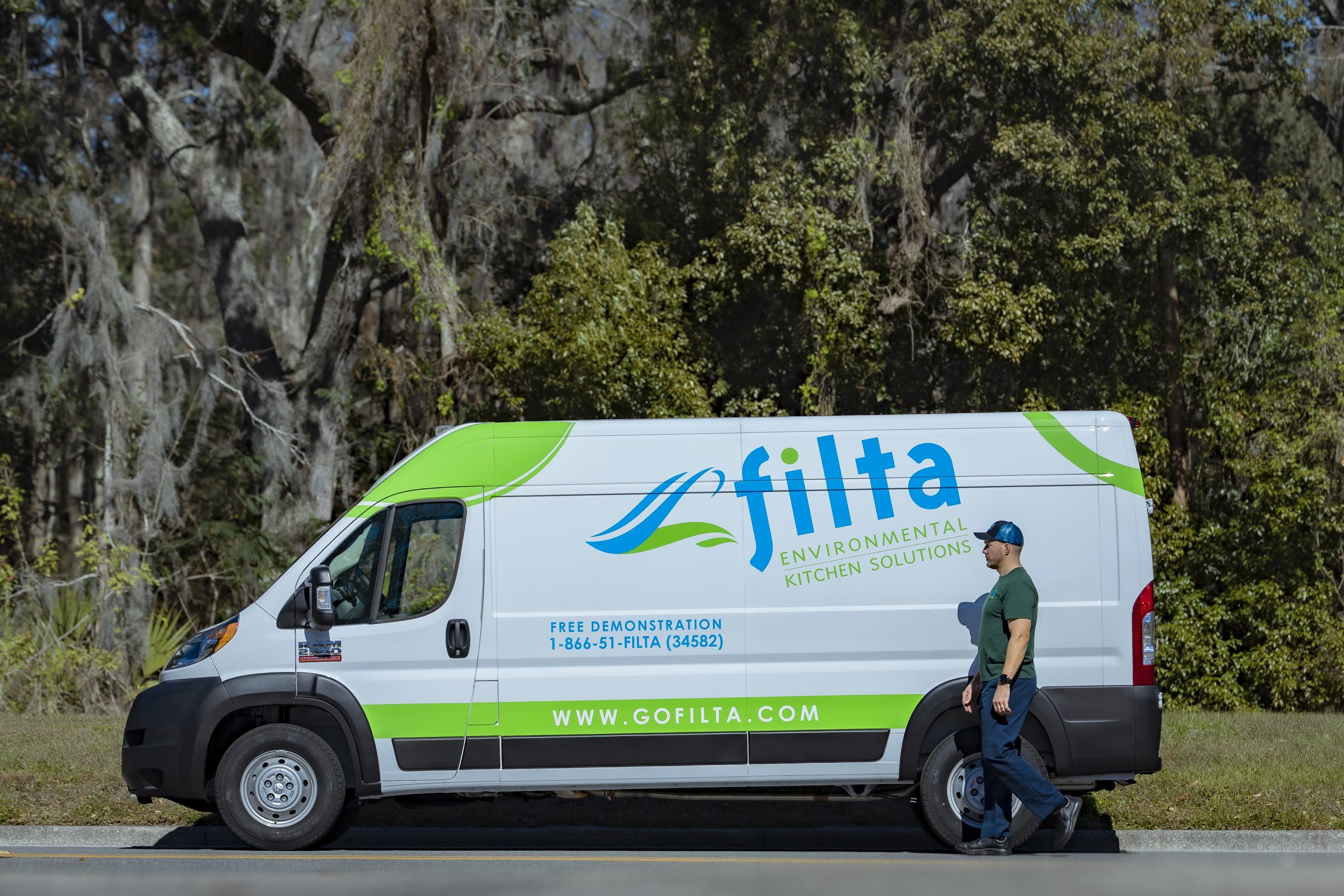Restaurants keep going green and sustainability is trending. In the past, topics such as ditching Styrofoam containers, implementing composting, and requiring accountability data to itemize the impact of sustainability initiatives on the climate were hardly in the conversation and seemed barely attainable. Now, these restaurant sustainability trends are today’s reality for commercial kitchens of all sizes from enormous arena venues to neighborhood bars.
Customers Willing to Pay for Green Packaging
Customers are increasingly asking about how restaurants are going green. They’re willing to pay more, according to National Restaurant Association (NRA) reporting, for better, plant-based packaging like corn, bamboo, or sugarcane bagasse that can completely decompose in composting facilities with only the help of Mother Nature (air, water, and microorganisms).
In fact, a 2022 NRA survey “found that 70% of millennials and 72% of Gen Z adults said they’d be willing to pay extra for to-go orders to cover the cost of upgraded packaging … (and) a number of restaurant operators are already investing in better packaging options … seven in 10 full-service operators, plus a majority of limited-service restaurants say they’ve upgraded their packaging during the pandemic. Another one in four say they plan to devote more resources to upgrades this year.”
Composting and Upcycling are Cool
Once relegated to ecological activists, composting food is now cool and upcycling leftovers could be mainstream in the future.
Americans waste between 30% and 40% of the food we buy. Pair that with the fact that one in eight Americans face hunger and 10% of the U.S. energy budget is spent transporting food, and the day-to-day problem is clear. Food waste also significantly impacts climate change because the food we throw in the trash contributes to methane emissions that are 30% worse for the climate than CO2 gas.
This New York Times article about an Ohio fourth grader’s quest for composting cites food waste as being responsible for twice the greenhouse gas emissions as commercial aviation. The article goes on to describe school cafeterias in which the tiniest students choose to dump lunch box contents into “landfill,” “recycling” or “compost” bins instead of into one big trash can. There’s even a “share” table for unopened granola bars, applesauce, or cheese sticks.
Restaurants of the future will mirror this trend in composting. They’re already donating food to organizations like Rescuing Leftover Cuisine and food pantries nationwide. Programs that reuse or repurpose food, like The Ugly Company, can find good homes for even the ugliest, unappealing, or damaged fruits and vegetables; in 2020 alone, this brand kept nearly 150,000 pounds of fresh ugly fruit from becoming waste.
In 2020 also, a team of experts from Harvard Law School, Drexel University, World Wildlife Fund, Natural Resources Defense Council, ReFED, and others formed the Upcycled Food Association to ensure food is “upcycled” by “procuring and producing food … using verifiable supply chains, and have a positive impact on the environment.”
Accountability for Climate Change
As the New York Times article and other sources point out, food waste can cause critical harm to the environment. But other processes and procedures in commercial kitchens are also culprits like energy inefficiencies, transportation, and packaging.
Commercial kitchens are trending toward increased accountability for their sustainability efforts from offering fewer menu items (think: fewer ingredients to have on hand and thus to waste), to more vegan options (think: plant-based meat alternatives emit fewer emissions than, say, beef), to increased locally grown ingredients (think: fewer harmful emissions because ingredients don’t travel as far), to the actual energy consumption of a building.
Climate legislation recently enacted from New York to Colorado to California is requiring large buildings to collect and report annual energy usage to regulators. Some electric and gas utilities are also required to provide energy-use data to building owners upon request. More granularly, kitchens are tracking what they use, where it’s sourced, and how they dispose of it.
Cooking Oil Is One Such Example
A fryer management company like Filta efficiently and safely cleans fryers, filtering cooking oil that’s still usable, to make it last longer, which produces obvious savings in packaging and raw materials. Once that precious commodity has reached the end of its life, Filta safely removes that oil, ensuring it’s recycled for biodiesel to fuel planes, trains, cars, and more.
Metrics are critical to show a fryer management program’s impact on sustainability. Filta regularly details the precise effect of cooking oil recycling efforts on the environment. Called an Environmental Impact Report (EIR), Filta’s valuable data itemizes the overall pounds of oil saved, packaging and transportation savings, farming and processing savings, and even accounting for fertilizers and pesticides. The Environmental Social Governance value of this data allows kitchens to itemize exactly how it’s combating climate change.














